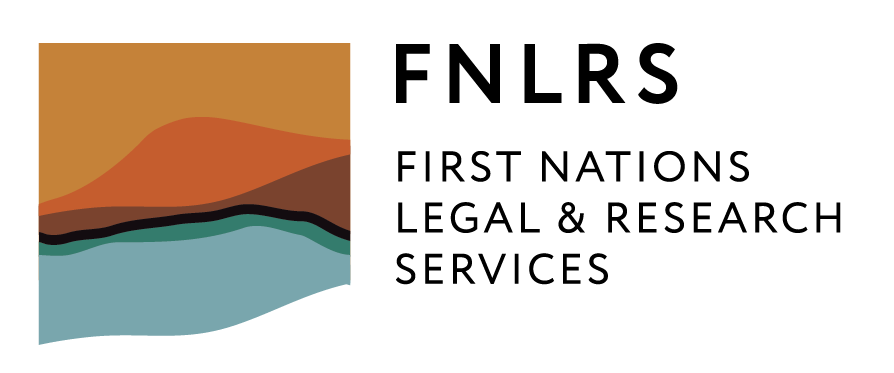Formal Recognition as Traditional Owners of Country in Victoria
We have produced five Information Sheets to clearly explain how formal recognition works. Additionally, there’s a handy glossary to break down the legal terms.
-
In Victoria, there are three different processes for groups to become formally recognised as Traditional Owners of Country. These types of formal recognition provide legal recognition of Traditional Owners under Victorian and Australian law. Traditional Owners seeking formal recognition can pursue any or all of the three.
View the Information Sheet to find out more about the processes.
-
Under the Native Title Act 1993 (Cth), native title is the recognition by Australian law of the rights and interests in land and waters held by Aboriginal and Torres Strait Islander peoples under their traditional laws and customs, which existed before the start of colonisation.
View the Information Sheet to find out more about the native title process.
-
The Traditional Owner Settlement Act 2010 (Vic) (the Settlement Act) provides an avenue to recognise Traditional Owner rights in Victoria.
View the Information Sheet to find out more about the Settlement Act process.
-
Registered Aboriginal Parties (RAPs) are Traditional Owner corporations that are appointed under the Aboriginal Heritage Act 2006 (Vic) (the Aboriginal Heritage Act) to manage and protect Aboriginal cultural heritage over their Country including coastal and onshore waters.
View the Information Sheet to find out more about the RAP process.
-
First Nations Legal & Research Services (First Nations) works with Victorian Traditional Owners on native title and Traditional Owner settlement processes.
View the Information Sheet to find out more about the role of research.
-
The processes of formal recognition are legal, requiring that any explanation of them includes complex terms. This Glossary explains those terms down into understandable language.
View the Glossary of Terms to find out more.
